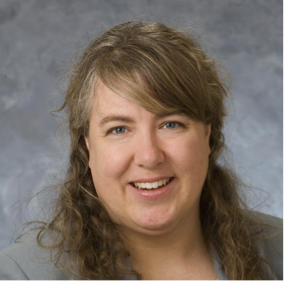American Society of Transplantation (AST) Webinar on providing organs and tissues for research
Recently, leadership at the National Disease Research Interchange gave a presentation for the AST Recovery and Preservation Community of Practice (RAP COP) community on their exciting and impactful work that gives non-transplantable organs a second chance to save lives by matching them with significant medical research.
Their presentation can be found in the AST RAP COP "Needs and Leads" webinar library. RAP COP was launched last year as a partnership between AST and OPA in response to the White House Organ Summit.
Our sincerest thanks to:
Dr. Bill Leinweber - President & CEO
Dr. Thomas Bell, MS, PhD - Vice President, Operations and Director, Biorepository
Dr. Gene Kopen, PhD - Senior Vice President,Strategic Initiatives
Ms. Eileen Falchetta - Director of Marketing and Communication
For access: click here to join AST and the RAP COP or here if you're already an AST RAP COP member (RAP COP library tab on community hub).
If you want to suggest a topic or speaker (or present one yourself) email mitch.rostad@organpreservationalliance.org.

















